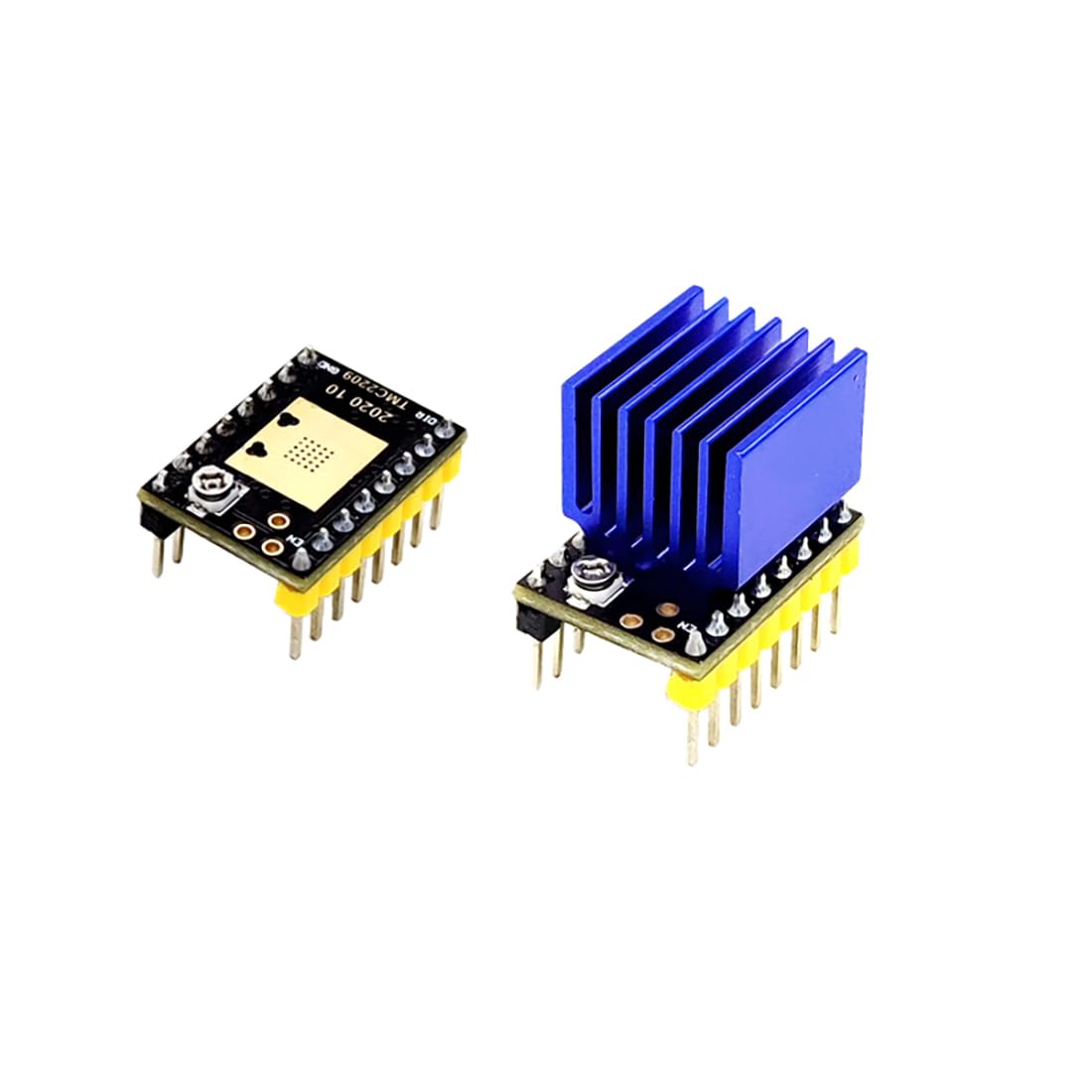MU 2801 Making Music with Machines, A 2025
Alex Wilkinson, David Penney, Keith Palmer-Poirier

The rotary harp is an automation of the regular harp instrument with the addition of instead of the strings being placed in a straight line, the strings are placed in a circle around a rotational turret style mechanism. On one side there will be a stepper motor–driven plucking mechanism to excite the strings. To play different notes, a different string will have to be plucked. Each string has different densities and tensions, so each string corresponds to one note on the harp, somewhat like a traditional harp but reorganized spatially and with even-length strings.
The playing of each string was supposed to be done by rotating both the outer turret with the strings attached, and the bottom ring with the actuator attached. They would rotate towards each other until the correct string is lined up with the pick. In practice only the bottom ring that had the plucking mechanism attached to it was able to spin, though the code to make the top ring spin was created, mechanical difficulties and time constraints disallowed us from being able to fully implement that feature. We specifically went with TMC2209 drivers to run them because of its StealthChop feature which allows for almost completely silent movement as it interpolates between steps, and each full step was also broken down into 64 micro steps.

The Rotary Harp is not an interactive instrument, as it must be programmed beforehand. It takes in the MIDI data for a song in the range C3 – C5 and does some pre-processing to map signals to strings and to make sure it will travel the shortest distance at the right time to play the music back. The actuation is also similar and takes a bit of influence from the Circle Guitar. It plays on its own and can play long complicated pieces, but if it attempted to be used in real time there is too much delay from the rotation of the turrets. Nevertheless, the use of stepper motor precision, automated damping, and PID-controlled turret positioning offers a path toward a highly novel robotic instrument design that sits at the intersection of traditional harp sonority and modern mechatronic experimentation.

Build of Materials

CAD Files and Code